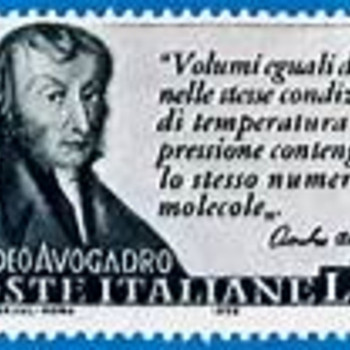The discovery of what element showed the usefulness of Mendeleev's periodic table?
1 Answer
The discovery of three, hypothetical elements old Mendeleev called
Explanation:
And these were later characterized and given formal names of
Mendeleev was shrewd enough to realize that at the time of publication of his first Periodic Table, not all the elements had been characterized, and apparent gaps in his table could be accounted for by hypothetical elements, which had yet to be characterized, hence his tentatively named elements as given.
The discovery and characterization of the new elements, as predicted, was powerful evidence of the utility of Periodic classification. Today, no chemist or physicist would be without a copy of the Modern Periodic Table; which today is organized on the basis of atomic number rather than on atomic mass (upon which Mendeleev was forced to rely). No student of chemistry or physics should be without a copy of the Periodic Table either - copies are ALWAYS issued in chemistry and physics examinations.

